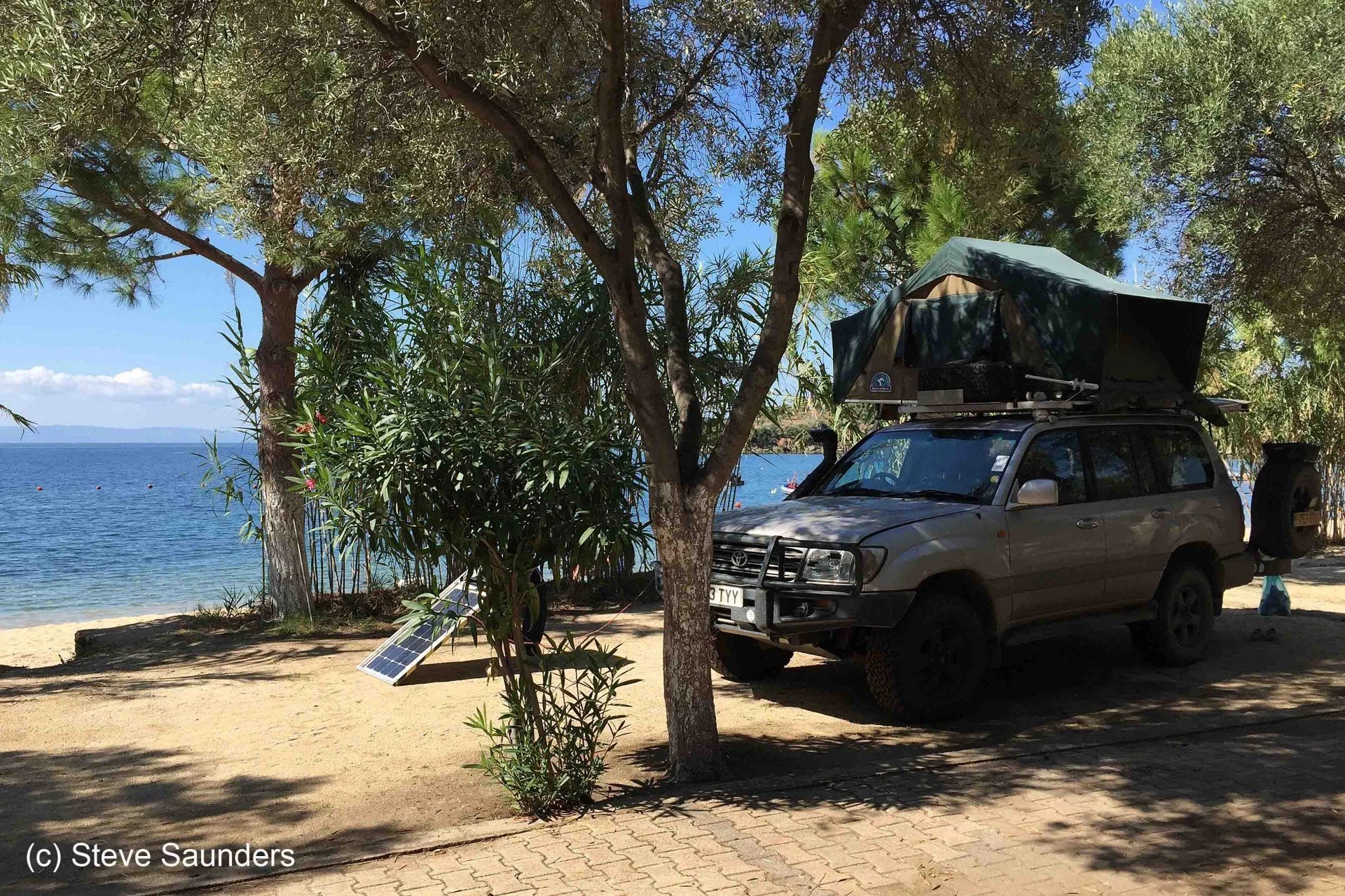yeah, I wouldn't think of it as robust water proof, but it took a real good shower at Mammoth this summer and wasn't hurt at all.Pablo, I've just visited Renogy. http://www.renogy-store.com/
I think I've found your folding system, very affordable. Yours is the suitcase folding kit? Is the controller
weather resistant? Can it stay out in rain showers? Have you used it in winter? Colder weather?
thinking of getting a silicone bag for the controller, and maybe silicone the gap around the edges. After 10 minutes of real hard rain, I got to moving it under the rig..I was worried at first, but it handled it well. I guess a sandwich baggie would work in a pinch.
I love the idea of mounting it to the rack, but you need to move it to face the sun, and if the rig isnt parked right, then what do you do?
Plus, I can use this when I take another truck out, or the camper.




